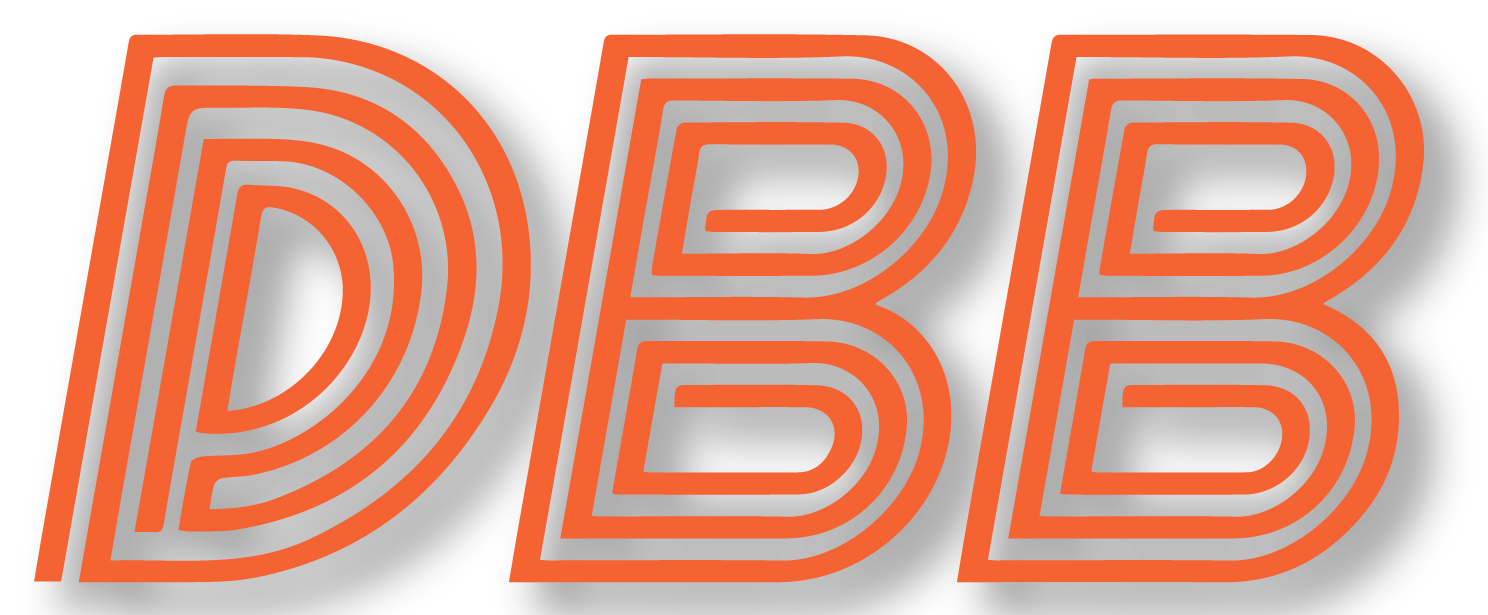The San Francisco 49ers trading up to the third pick didn’t just hurt the Bears because it meant three quarterbacks would go in the first three picks. It also hurt because the trade illustrates what the cost will be for Chicago to get into position to select either of the other two premier quarterback prospects.
The 49ers traded three first round picks — including the 12th pick in 2021 — to move up nine spots. Even if the 49ers win the Super Bowl the next two seasons, the value of the picks they surrendered far outweighs the value of the pick they got. More likely, they’ll pick somewhere between 16th and 25th, which really blows the value charts out of the water.
What that means for the Bears is that even if two of the quarterbacks get out of the top 10 — possible, though not likely — the cost to move up to say 12 with Philadelphia is going to be astronomical. And doing so would firmly take the Bears out of the Russell Wilson sweepstakes because, even if the Bears have a quarterback the Seahawks would want, they wouldn’t have the draft capital to make the trade work.
It has to be asked, what is more likely:
(1) That the Bears trade three first round picks and solve their decades-long quarterback crisis with Mac Jones, Trey Lance or Justin Fields.
Or
(2) That they use those picks to trade for Russell Wilson, who then solves the quarterback crisis himself.
The answer is pretty clear.











